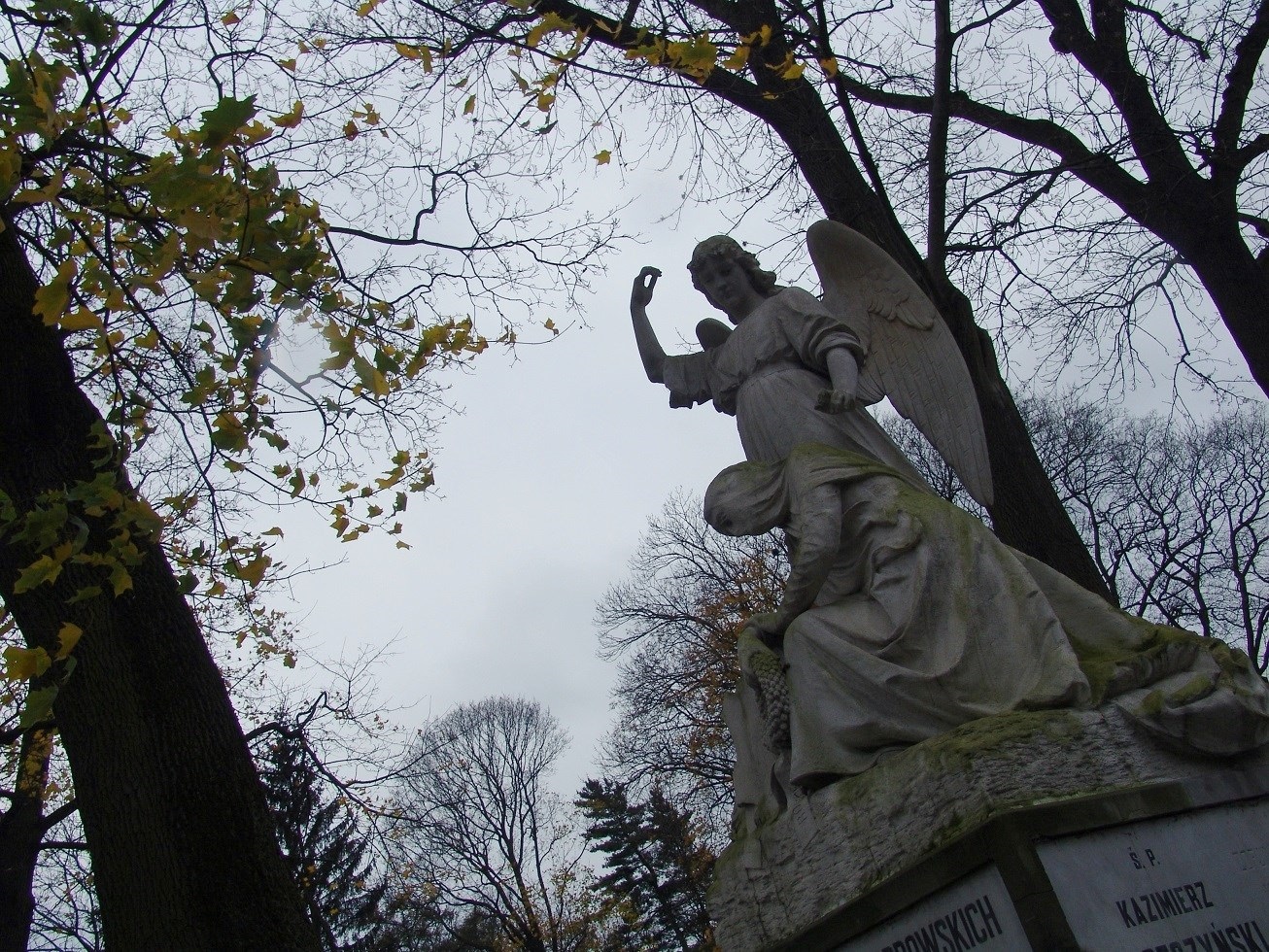The necropolis at Lipowa street in Lublin is one of the oldest and most valuable in Poland. It consists of four parts: the roman catholic from 1794, protestant (evangelical) from the 1830s, the orthodox from 1840 and the military-municipal from 1915.
Its founding resulted from the act passed by the police commission in 1792, which ordered a transfer of all churchyard cemeteries outside of town and prohibited burials in the proximity of the churches. In 1794, the bishop of Chełm and Lublin, Wojciech Skarszewski issued a license which permitted to establish a roman catholic cemetery on the grounds purchased from the order of the brigidine sisters.
The Lublin necropolis is also a national remembrance site. Here are the graves of the honourable polish citizens: Hieronim Łopaciński – a teacher, ethnographer and historian, Piotr Ściegienny – a priest and a peasant leader, Karol, August and Juliusz Vetter – prominent Lublin industrialists and social activists. Also worth one’s attention is the orthodox church of the Holy Women Carrying the Spices to the Tomb of Christ, situated in the orthodox part of the cementry.
Due to the high artistic value of tombstones, the cemetery is a specific art gallery. One of the most prominent works is the sculpture depicting a wailer with an angel by Bolesław Syrewicz on the grave of the Bobrowski family.




